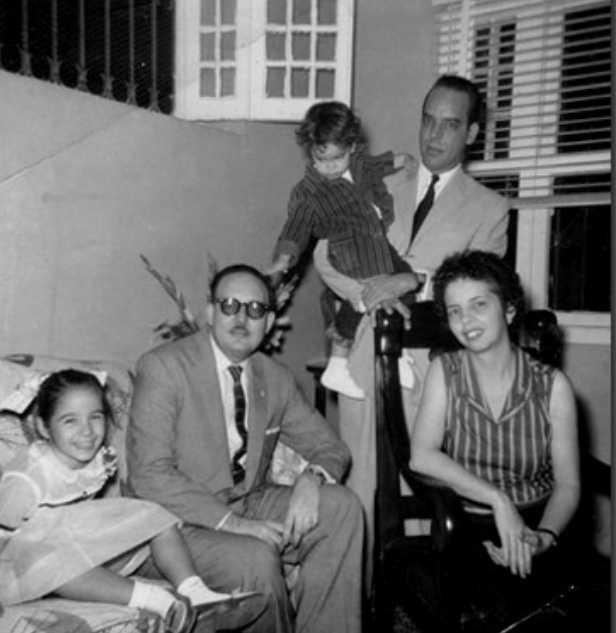4.1.2.8.3 The poetic work of Octavio Smith (1921 – 1987) after the triumph of the Revolution in 1959

After the triumph of the Revolution, Octavio Smith conceived the poetry collections “Estos Barrios” (These Neighborhoods) (1966) and “Crónicas” (Chronicles) (1974), as well as “Andanzas” (Wanderings) (1987), narratives that ostensibly tend toward the lyrical. Many of these texts actually date from the preceding period and nevertheless share stylistic commonalities, as the author remained faithful to a poetics imprinted with Origenism.
The terrestrial and the marine converge in his poetry as a creative whole, which he recreates in his compositions, in a sense, aiming to immortalize the perishable. In the collection of poems “These Neighborhoods,” emotions directly emanating from the urban environment are evoked and captured, complementing his other landscape of land and sea.
Although her poetry draws on the surroundings in all dimensions, she herself imbues the elements she touches with a certain magnetism and strangeness. Her precise and refined vocabulary contributes to consolidating the atmosphere of her poetry, which transports the reader to a universe seen through unusual lenses. Religiosity is a perennial pulse that informs many of the pieces or flows surreptitiously through numerous symbols.
According to Roberto Fernández Retamar, “The religious meaning of this poetry as a whole is not only determined by the presence of poems specifically dedicated to religious themes. The poet’s entire attitude, his way of conceiving poetry, denounces this religiosity.”
His texts from this period also often exhibit a dramatic quality, in the form of successive scenes or launching questions like arrows, without the intention of creating a poetic body closed in on itself but rather open to other resonances and searches, which transcend the purely insular sphere and contribute to a universal tradition of poetry.
In “Chronicles,” the natural environments of the forest, the moor, and the desert intersect as symbols of lushness and solitude by contrast. The passage of time, flowing like a river, carrying away all that is perishable, and the poet’s own fascination capture a rootlessness not of space but of elusive time. Smith is one of the most complex poets of his period, not strictly hermetic but unusual in his imagery, creating dense poetic atmospheres, composed of dream and reality.








